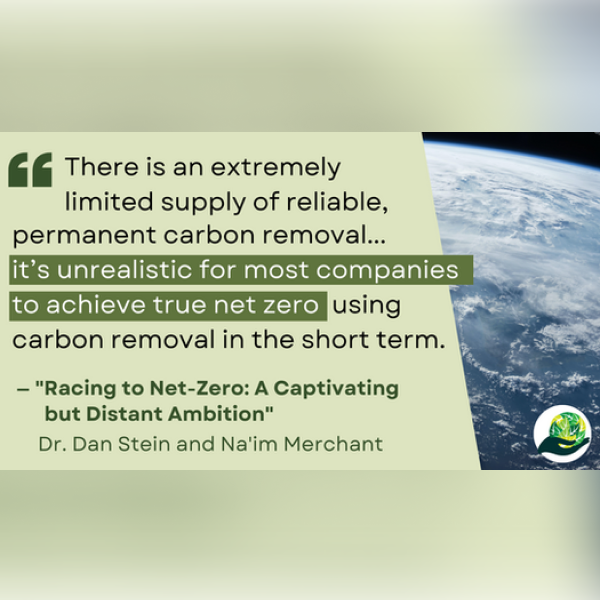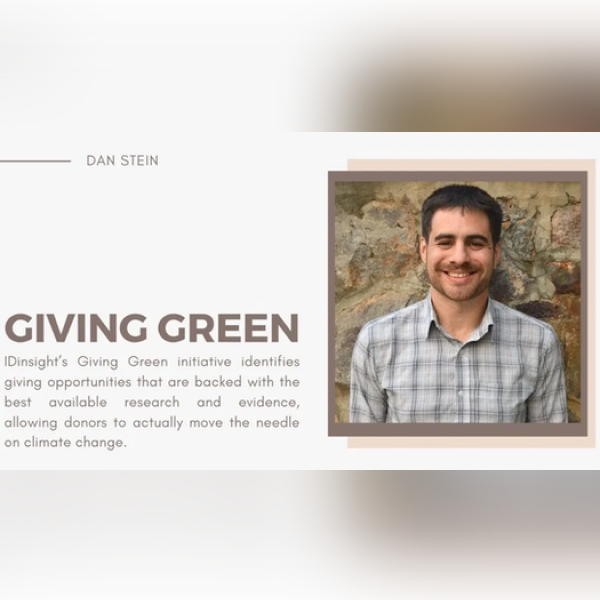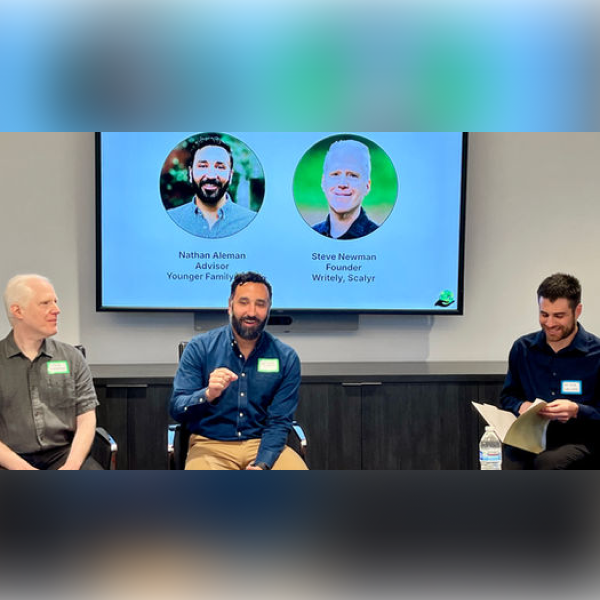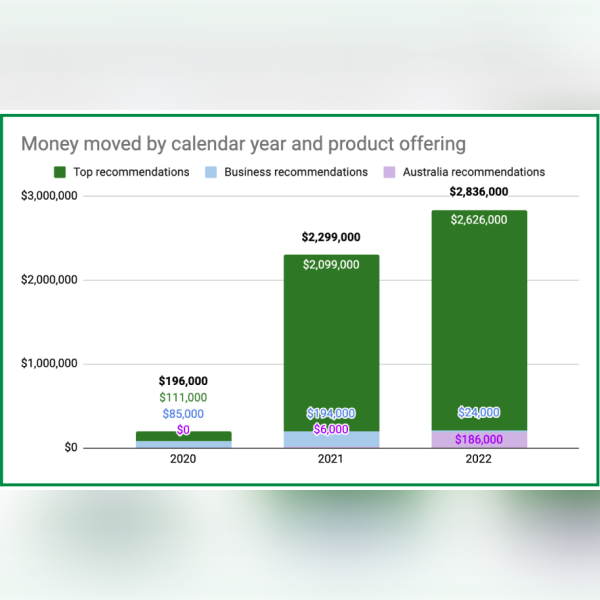Giving Green: Where To Give To Combat Climate Change Part 1 - Approach

Like many among us, I strongly believe that fighting the climate crisis is the defining challenge of my generation. We all want to do something, but it’s easy to fall into helplessness. There are long lists of potential solutions, but really, what can I do to make a difference? Giving Green, an initiative of IDinsight, is here to answer that question.
Giving Green’s mission is to help individuals and organizations effectively direct their money and time toward fighting the global climate crisis. We founders are motivated by our shared experience working to figure out “what works” in public policy, and the philosophy of Effective Altruism, which encourages people to contribute to causes that can do the most good possible. Approaching the climate crisis from this lens, we were surprised how difficult it was to figure out which climate solutions actually worked, and how individuals and organizations could support them.
Giving Green provides is a highly-researched set of recommendations that we think represents the best bets for individuals, foundations, and businesses looking to fight climate change. Our product is uniquely transparent, independent, and actionable. All of our processes, research, and reasoning are available online, and all of our recommendations are organizations that you can support today.
At Giving Green, we believe that supporting effective organizations is one of the most important ways that individuals can make a difference on climate change. While individual actions, like driving electric cars or skipping a flight, can have an impact on greenhouse gas emissions, we should also be going beyond our personal “carbon footprint”, and look towards more systemic ways of reducing emissions. Giving Green provides actionable advice on how to do that. Giving Green is now out of Beta, with a brand new website!
So, how does the Giving Green approach our work?
The set of climate solutions is huge, with different organizations working on different aspects of the problem. With a small team, we concentrated our research on certain sectors. In 2020, we focused our recommendations on US national-level policy and carbon offsets. In 2021, we intend to expand our scope of research.
Policy change represents the type of large-scale, systemic solution needed to make a big dent in emissions. We decided to focus on US national policy change since the US is the world’s second-largest emitter, and our current team (of primarily Americans) have a better understanding of US policy than that of other places.
For our US policy recommendations, our team first decided to focus on recommending organizations using one of two change tactics: “insider” policy advocacy and activism. We detail the decision to focus on these tactics in our document How We Determined Our 2020 Research Priorities. We reviewed both approaches to policy-change in detail and we report our findings in sector overview documents focused on insider policy advocacy and activism. We then shortlisted organizations we thought were especially promising, conducted comprehensive deep dives on a smaller set, and ended up with two recommendations. We’ll go into more detail on the specific recommendations in our next post.
Figuring out how to change policy, is, to put it lightly, controversial, so we adopt a “multiple theories-of-change” approach. What we mean by this is that there are many different theories about what specific kinds of policies would be most politically feasible and have the biggest impact on changing the course of climate change. For example, in the US, some people think the best way to push forward climate policy is through solutions that have (theoretical) bipartisan appeal, such as a carbon tax. Others disagree, and instead support comprehensive regulation and investment platforms associated with the left, such the Green New Deal. Still others believe that policies focusing on investment in technology are key. Instead of making a judgement call that one theory of change is correct, we instead recommend best-in-class organizations that adopt a variety of different (yet evidence-backed) approaches. By doing so, we are able to create a portfolio of recommendations that together are highly likely to move US policy in the right direction. You can read more details about our methodology for formulating our policy change recommendations here.
We also realize that some people and businesses are more interested in funding highly certain, short-term projects to prevent a specific amount of emissions. These solutions are frequently called carbon offsets. Although we reject the idea that people or businesses should purchase offsets to undo the damage of their personal actions, in the best case, carbon offsets can provide donation opportunities that give high certainty of reduced emissions in the short term. We believe that working toward systemic policy change is more effective than purchasing offsets, but acknowledge that there is demand for high-certainty solutions, so hope to direct buyers of offsets toward those that are the most reliable.
To recommend offsets, we first conducted research into nine prominent offset sectors (such as forest conservation and direct air capture), then reviewed specific organizations in promising sectors. We searched for projects that scored highly on our five key criteria: causality, project-level additionality, marginal additionality, permanence, and co-benefits. We recommend three high-quality offsets, which we’ll describe in our next post. You can read about our methodology for recommending offsets here.
We believe that Giving Green is fulfilling an important role, connecting donors to organizations that are effectively fighting climate change. Our work, however, is far from over. Going forward, we plan to keep conducting detailed research, adding to our list of recommendations. We also hope to add new research topics on areas like private sector investment, and global policy. We’re still learning and growing, and hope to continue refining our product so it meets the needs of people looking to make a difference to the climate crisis and our collective future.
Read our next post, where we explain our recommendations in more detail.
Questions? Want to collaborate? Reach out at givinggreen@idinsight.org.
Available to read here on IDinsight's blog.
Support Our Work
Giving Green Fund
One fund. Global impact. One hundred percent of your gift supports a portfolio of high-impact climate organizations, vetted by our research.
Best for:
Donors who want the simplest way to impact multiple climate solutions.
Top Climate Nonprofits
Meet the organizations on Giving Green’s list of high-impact nonprofits working to decarbonize our future, identified through our rigorous research.
Best for:
Donors who want to give directly and independently.
Support Our Work
We thoroughly research climate initiatives so you can give with confidence. For every $1 we receive, our work unlocks another $21 for effective climate solutions.
Best for:
Donors who want to amplify their impact through research.









.png)
.png)



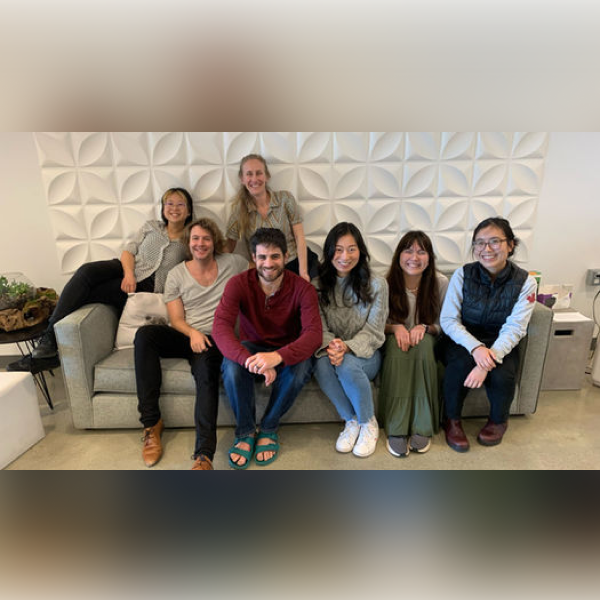

.png)








.png)

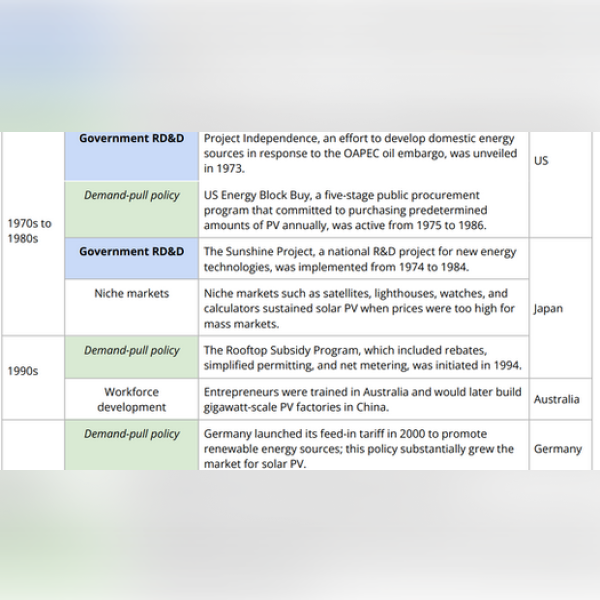

.png)

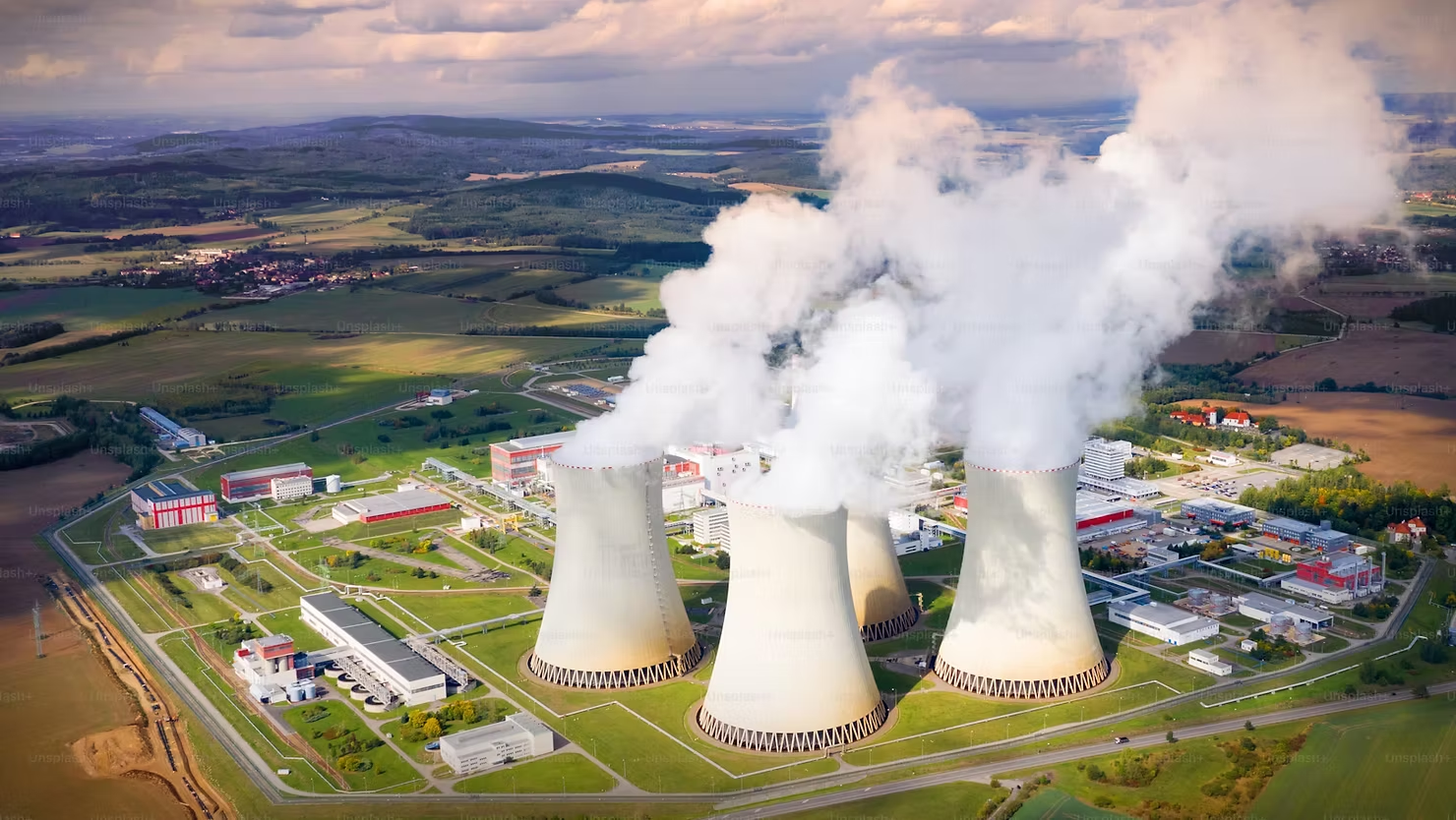





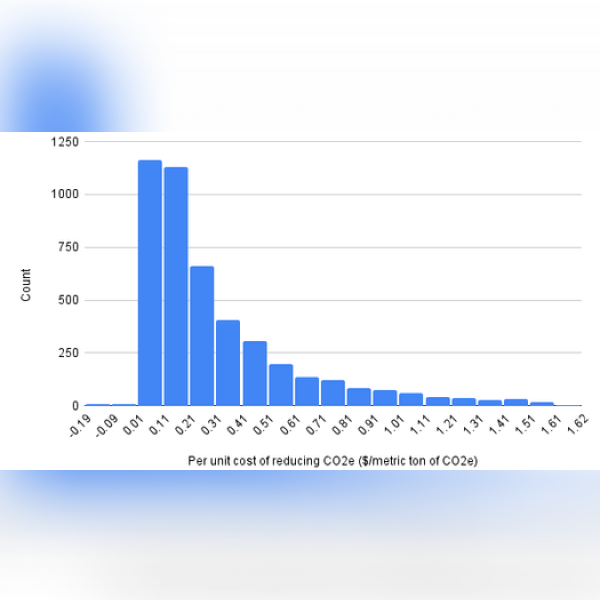













.png)





.png)
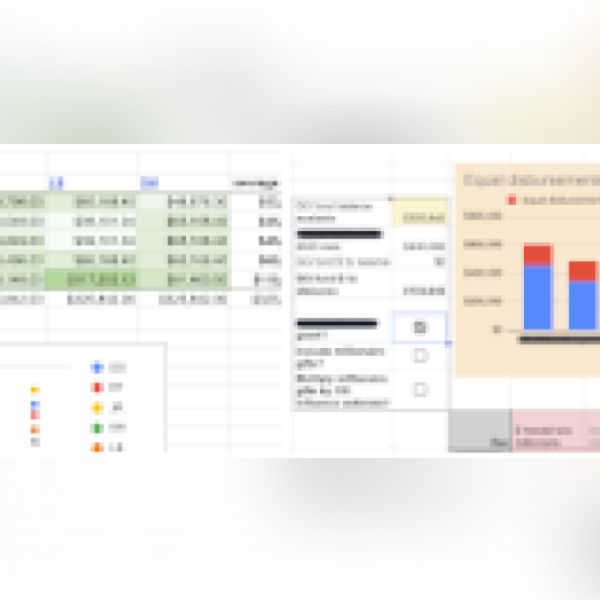
.png)




